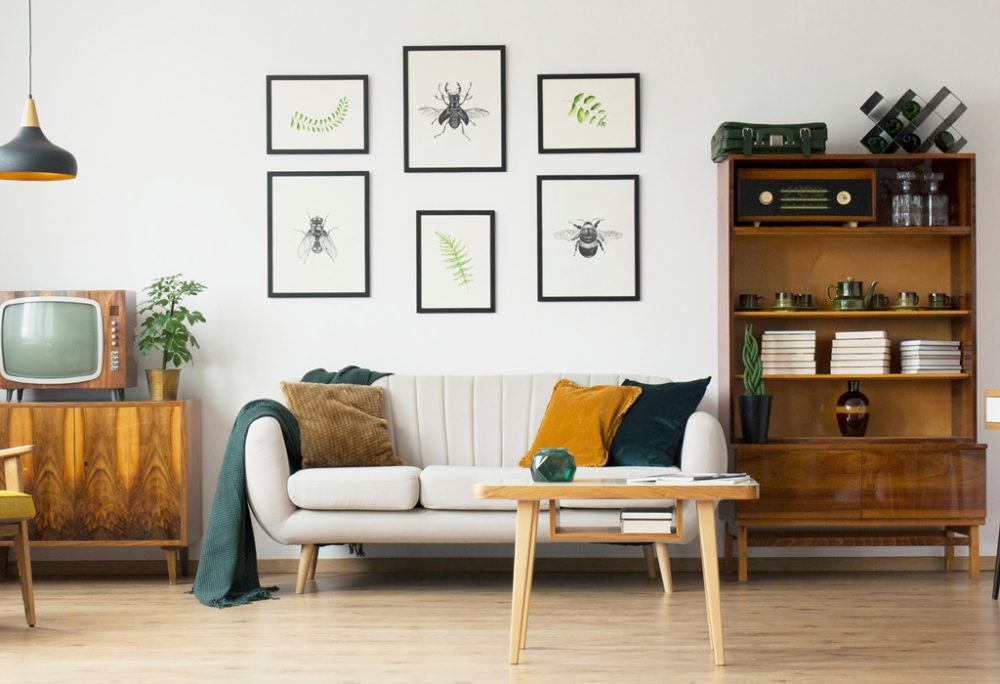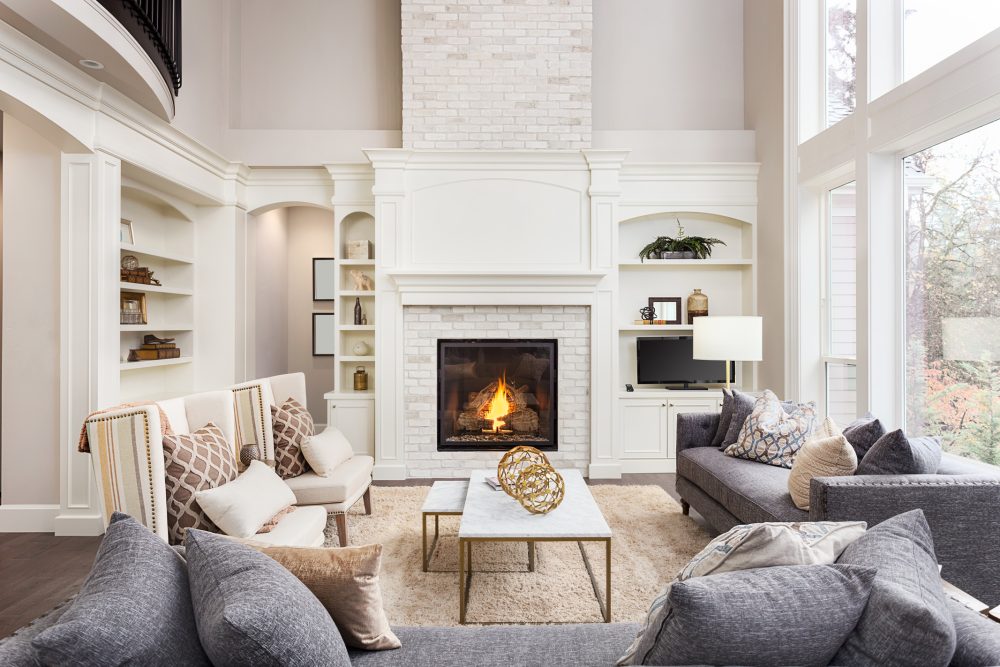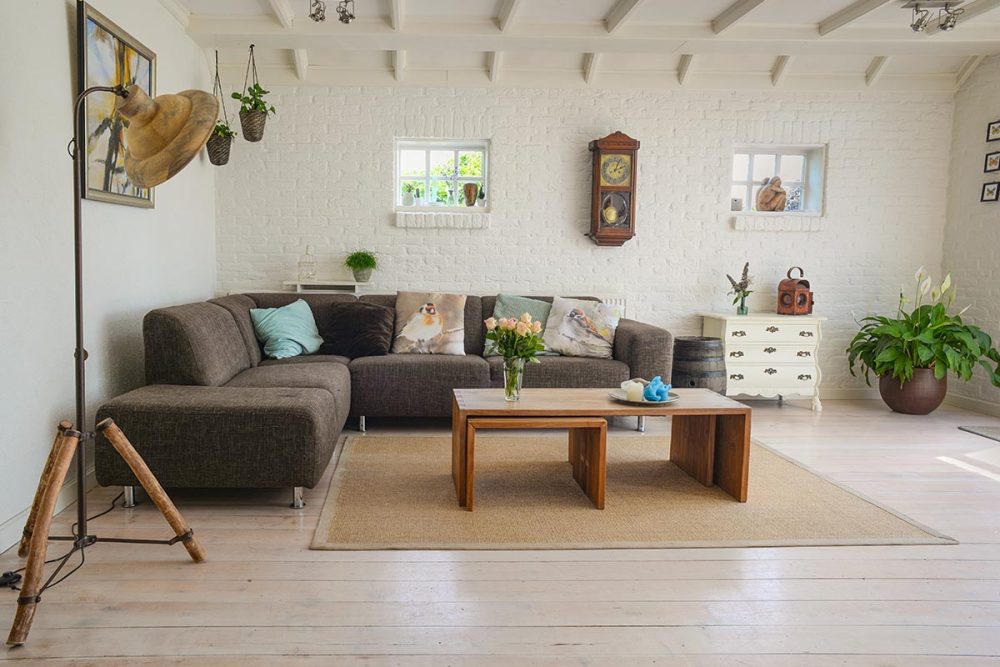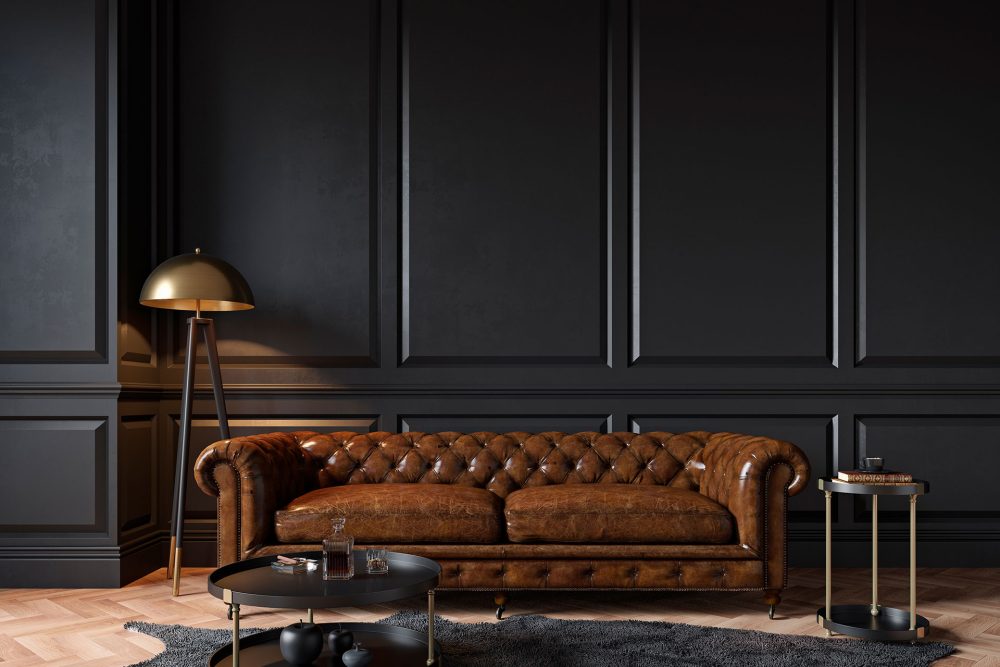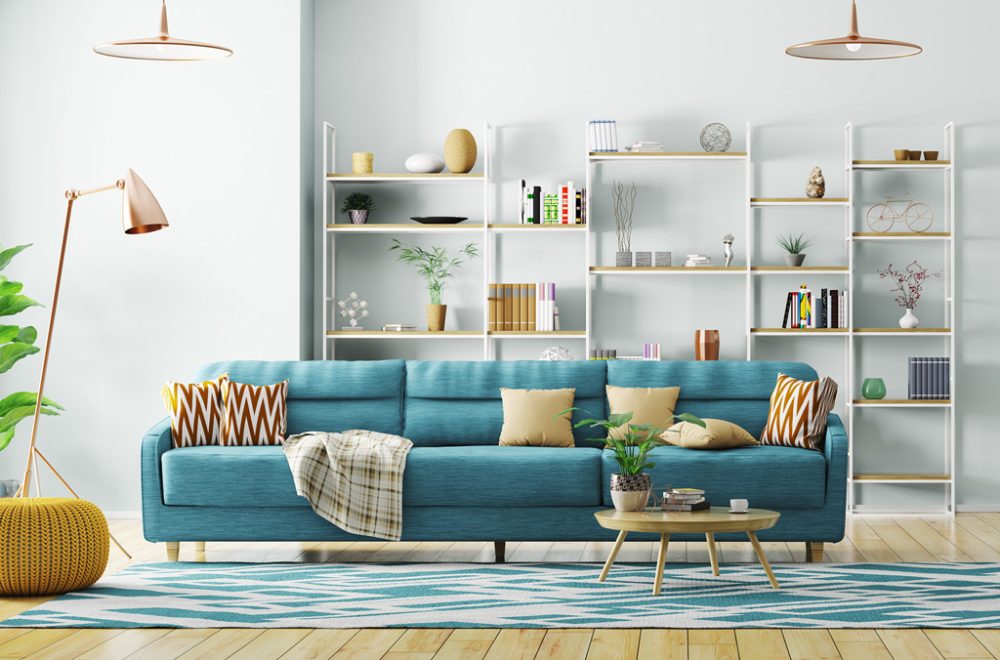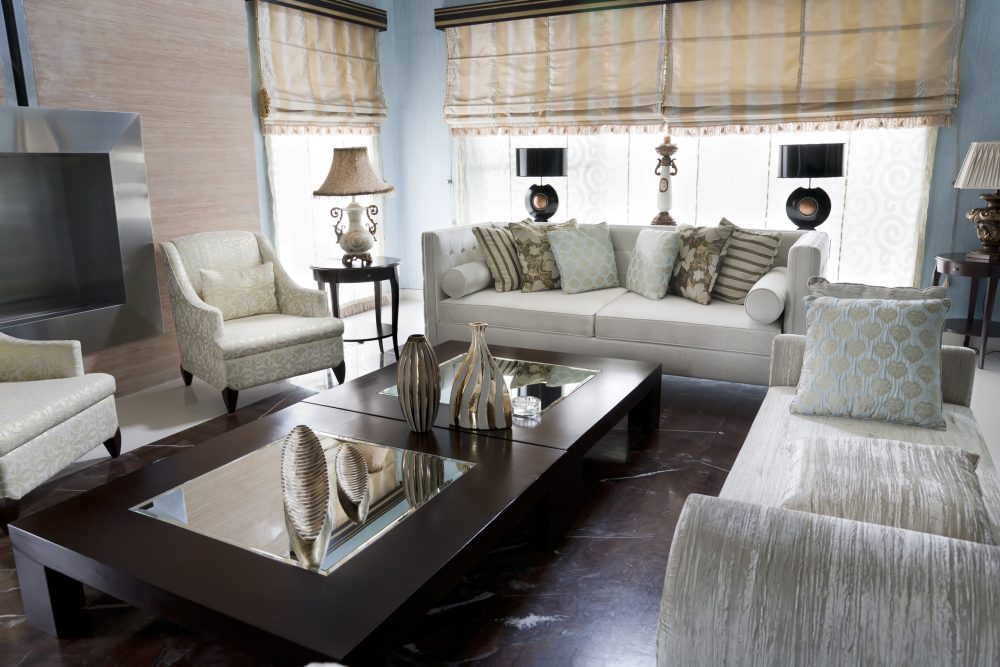
Process of upholstered furniture purchasing in Italy
Furniture | Retail & Ecommerce | Upholstered furniture | August 2003
€1800

August 2003,
II Ed. ,
76 pages
Price (single user license):
EUR 1800 / USD 1926
For multiple/corporate license prices please contact us
Language: Italian
Report code: IT.11
Publisher: CSIL
Status: available for online purchase and immediate download
In 1999 the Italian market for upholstered furniture (sofas, armchairs, sofa-beds in fabric, microfibre and leather) was worth ITL 3,360 billion. Italian families made approximately 800,000 purchases, spending an average of ITL 4,200,000. In Italy roughly 15,000 traditional furniture outlets sell upholstered furniture but the market share of the large scale retail trade, which includes franchises (Divani & Divani, Poltrone & Sofà, Chateau d’Ax) and large multi-product chains such as IKEA, Mercatone Uno and Semeraro, is growing.
This report studies the behaviour of the Italian consumers of upholstered furniture, taking into consideration: characteristics of purchased upholstered furniture, purchasing process, consumer’s profile. The study is based on 370 telephone interviews with families who purchased upholstered furniture worth at least ITL 1,000,000 over the previous 12 months.
Purchases of upholstered furniture are broken down by: product type (suites, sofas, sofa-beds, armchairs), type of covering material (fabric, leather, microfibre), style of upholstered furniture (contemporary/modern, traditional/rustic), purchase price, number of purchased items. The average total spend on upholstered furniture is also provided as well as spend on single upholstery item.
All the above mentioned data on purchases of upholstered furniture are broken down by socio-demographic characteristics of purchasers (geographic area, size of urban centre, sex, age and profession of head of family), purchase price and distribution channel (specialized distribution, non-specialized distribution, large scale distribution, craftsmen). Availability of computer and Internet connection is also considered.
The purchasing process is analysed according to: reasons for purchase, degree of recollection of names of upholstery brands and retailers, criteria of choice in the purchase, distribution channels for upholstery products, loyalty to the sales outlet, degree of customer satisfaction and reasons for any dissatisfaction.
The consumer’s life-style is examined on the basis of socio-economic status, decision-making process within the family nucleus, living conditions, type of furnishings.
Products covered include: upholstered furniture, fabric upholstery, leather upholstery, microfibre upholstery, upholstery suites, sectional upholstered furniture, sofas, sofa-beds, armchairs, contemporary/modern style upholstered furniture, traditional/rustic style upholstered furniture, upholstered furniture with removable coverings, reclining chairs, recliners, contract uphostered furniture, household upholstered furniture.
Selected companies
Divani & Divani, Altra marca, Chateaux D’Ax, Doimo, Flexform, Natuzzi, Poltrona Frau, Ikea, Nicoletti, Boffi, Cassina, Flou, Mimo, Minotti, Misura Emme, Molteni, Moroso, Seven, Mercatone Uno, Emmelunga, Poltrone & Sofà, Alberta Pacific, Emmezeta
Abstract of Table of Contents
Methodology and main results in brief
Socio-demographic characteristics of upholstered furniture purchasers
Characteristics of purchased upholstered furniture
Type of purchased upholstered furniture
Price of upholstered furniture
Number of purchased items
Type of covering
Style of upholstery product
Criteria of brand selection
Brand of purchased upholstered furniture
Reasons for upholstered furniture purchase and criteria of choice
Reasons for upholstered furniture purchasing
Criteria of choice in upholstered furniture purchase
Criteria of selection of the sales outlet
Number of visited sales outlets
Name of selected sales outlet
Type of distribution channel
Size of sales outlets
Familiarity to sales outlets
Degree of customer satisfaction and reasons for any dissatisfaction
Life-style of the consumer
Size of home and type of furnishings
Availability of computer and Internet connection
In 1999 the Italian market for upholstered furniture (sofas, armchairs, sofa-beds in fabric, microfibre and leather) was worth ITL 3,360 billion. Italian families made approximately 800,000 purchases, spending an average of ITL 4,200,000. In Italy roughly 15,000 traditional furniture outlets sell upholstered furniture but the market share of the large scale retail trade, which includes franchises (Divani & Divani, Poltrone & Sofà, Chateau d’Ax) and large multi-product chains such as IKEA, Mercatone Uno and Semeraro, is growing.
This report studies the behaviour of the Italian consumers of upholstered furniture, taking into consideration: characteristics of purchased upholstered furniture, purchasing process, consumer’s profile. The study is based on 370 telephone interviews with families who purchased upholstered furniture worth at least ITL 1,000,000 over the previous 12 months.
Purchases of upholstered furniture are broken down by: product type (suites, sofas, sofa-beds, armchairs), type of covering material (fabric, leather, microfibre), style of upholstered furniture (contemporary/modern, traditional/rustic), purchase price, number of purchased items. The average total spend on upholstered furniture is also provided as well as spend on single upholstery item.
All the above mentioned data on purchases of upholstered furniture are broken down by socio-demographic characteristics of purchasers (geographic area, size of urban centre, sex, age and profession of head of family), purchase price and distribution channel (specialized distribution, non-specialized distribution, large scale distribution, craftsmen). Availability of computer and Internet connection is also considered.
The purchasing process is analysed according to: reasons for purchase, degree of recollection of names of upholstery brands and retailers, criteria of choice in the purchase, distribution channels for upholstery products, loyalty to the sales outlet, degree of customer satisfaction and reasons for any dissatisfaction.
The consumer’s life-style is examined on the basis of socio-economic status, decision-making process within the family nucleus, living conditions, type of furnishings.
Products covered include: upholstered furniture, fabric upholstery, leather upholstery, microfibre upholstery, upholstery suites, sectional upholstered furniture, sofas, sofa-beds, armchairs, contemporary/modern style upholstered furniture, traditional/rustic style upholstered furniture, upholstered furniture with removable coverings, reclining chairs, recliners, contract uphostered furniture, household upholstered furniture.
Abstract of Table of Contents
Methodology and main results in brief
Socio-demographic characteristics of upholstered furniture purchasers
Characteristics of purchased upholstered furniture
Type of purchased upholstered furniture
Price of upholstered furniture
Number of purchased items
Type of covering
Style of upholstery product
Criteria of brand selection
Brand of purchased upholstered furniture
Reasons for upholstered furniture purchase and criteria of choice
Reasons for upholstered furniture purchasing
Criteria of choice in upholstered furniture purchase
Criteria of selection of the sales outlet
Number of visited sales outlets
Name of selected sales outlet
Type of distribution channel
Size of sales outlets
Familiarity to sales outlets
Degree of customer satisfaction and reasons for any dissatisfaction
Life-style of the consumer
Size of home and type of furnishings
Availability of computer and Internet connection
SEE ALSO
Top 100 upholstered furniture manufacturers in China
October 2023, I Ed. , 15 pages
A bird’s eye view of the Chinese Upholstered Furniture industry competitive landscape with ranking of the 100 leading manufacturers of this segment.
The upholstered furniture market in the United States
October 2023, IX Ed. , 106 pages
A CSIL report that analyses the market for upholstered furniture in the United States including basic data such as values of production and consumption of upholstered furniture, trade and the major trading partners. This study also includes profiles of the US upholstered furniture manufacturers and the analysis of the distribution channels.
Top 100 motion upholstered furniture manufacturers in the World
September 2023, I Ed. , 15 pages
Who are the top manufacturers of motion upholstered furniture in the world? This study gives a picture of the global motion upholstered furniture industry competitive system through the analysis of the leading 100 producers benchmarking their performance
Top 100 upholstered furniture manufacturers in the World
September 2023, II Ed. , 15 pages
Who are the top upholstered furniture manufacturers in the world? This study gives a picture of the global upholstered furniture industry competitive system through the analysis of the leading 100 producers benchmarking their performance and the whole sector concentration.
The world upholstered furniture industry
June 2023, XXI Ed. , 498 pages
CSIL’s comprehensive Report on the Upholstered Furniture industry provides a deep understanding of market dynamics, trends, and opportunities through historical series of essential data (production, consumption, imports, and exports), market size and forecasts, detailed profiles of the leading manufacturers of upholstered furniture, and focus on the Top 20 world upholstered furniture countries, also including the analysis of the competitive landscape.
